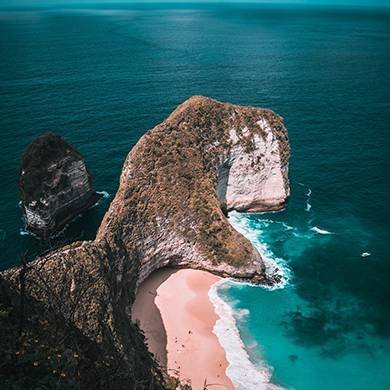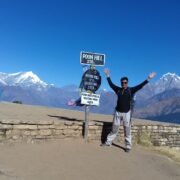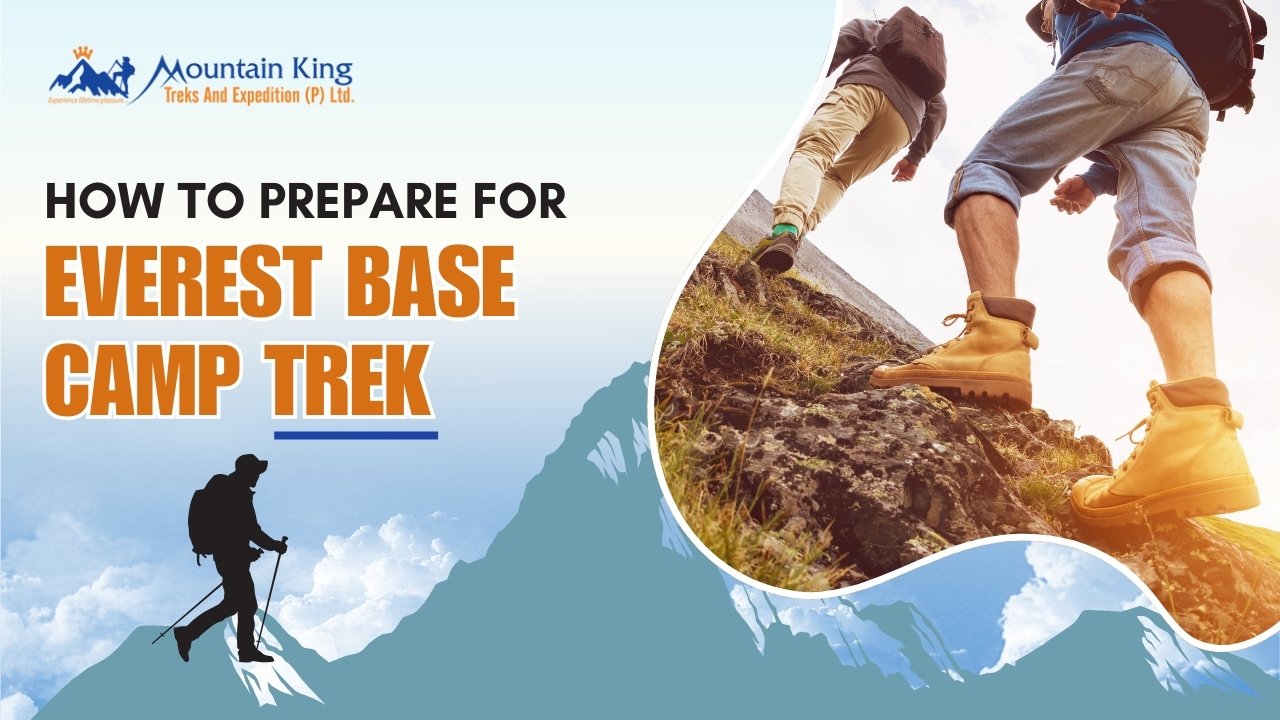
How to Prepare for Everest Base Camp Trek
The Everest Base Camp (EBC) Trek is one of the most iconic trekking adventures in the world. Every year, thousands of trekkers from across the globe embark on this journey to stand at the base of Mount Everest (8,848.86m / 29,031.7ft), the highest peak on Earth. This 12-16 day trek takes you through breathtaking Himalayan landscapes, ancient Sherpa villages, Buddhist monasteries, and high-altitude trails that test your endurance and resilience.
However, preparing for the Everest Base Camp Trek is crucial to ensuring a successful and safe journey. Whether you’re a seasoned trekker or a first-time adventurer, you need to train physically, acclimatize properly, pack the right gear, and choose a reliable trekking agency to guide you along the way. In this detailed guide, we’ll cover everything you need to know to prepare for Everest Base Camp Trek with Mountain King Treks, one of the best trekking agencies in Nepal.
1. Understanding the Everest Base Camp Trek
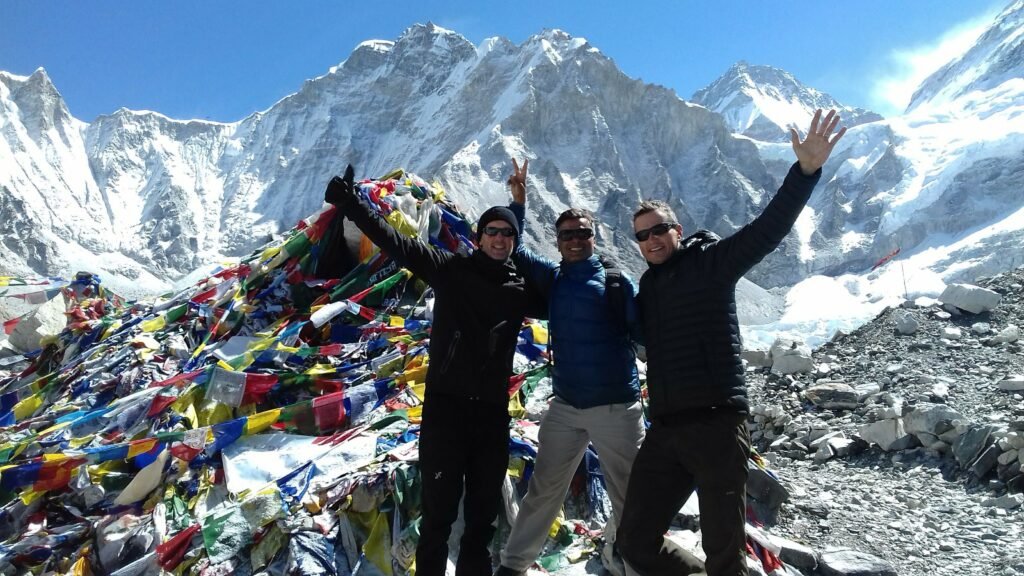
The Everest Base Camp Trek is not just a physical challenge; it’s an immersive cultural and natural experience. This trek takes you deep into the Khumbu region of Nepal, where you will walk through Sagarmatha National Park, home to rare wildlife and lush alpine forests. You will pass through picturesque Sherpa villages, cross thrilling suspension bridges over deep gorges, and experience the spiritual ambiance of ancient monasteries.
This trek covers a total distance of approximately 130 km (round trip) from Lukla to Everest Base Camp and back. The trail gradually ascends from Lukla (2,860m) to Everest Base Camp (5,364m), with acclimatization stops at Namche Bazaar (3,440m) and Dingboche (4,410m) to help your body adjust to the high-altitude conditions. Most trekkers also hike to Kala Patthar (5,545m), which offers the best panoramic sunrise views of Mount Everest.
The journey is challenging but highly rewarding, and choosing the right trekking company can make all the difference. With Mountain King Treks, you will have the support of experienced guides, carefully planned itineraries, and all the necessary logistics taken care of, ensuring a safe and enjoyable experience.
2. Best Time to Trek to Everest Base Camp
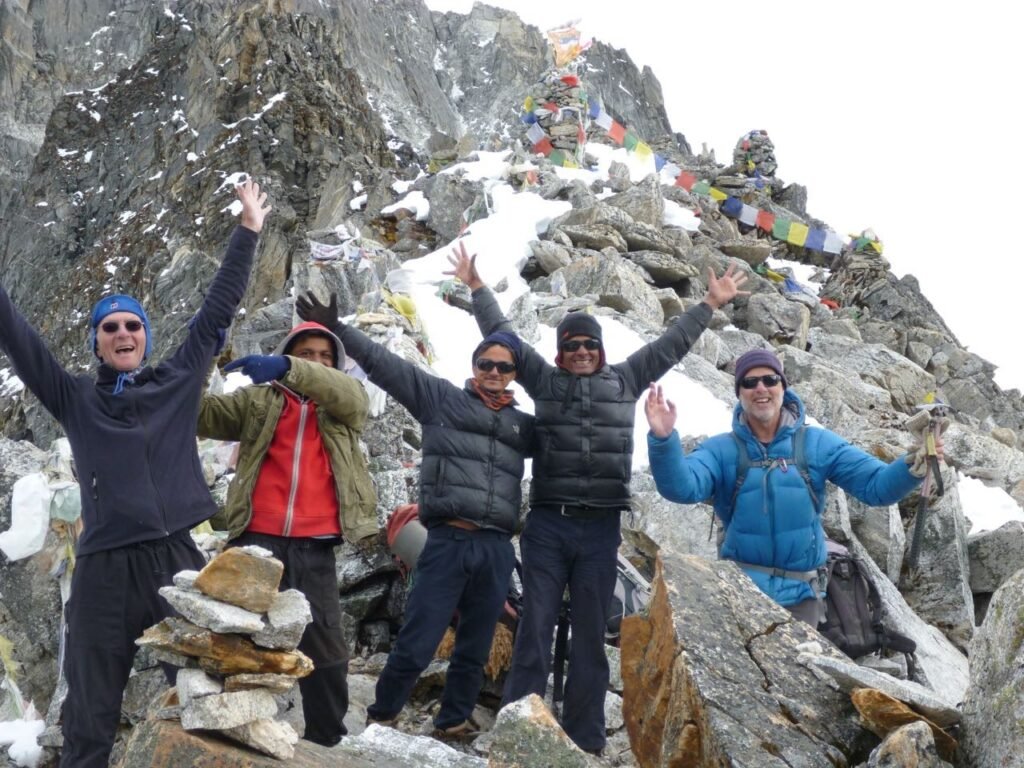
Choosing the best season for the Everest Base Camp Trek is essential, as the weather in the Himalayas is unpredictable and harsh. The right season will enhance your trekking experience by providing clear mountain views, comfortable temperatures, and safer trails.
Spring (March to May) – The Most Beautiful Season
Spring is one of the best times to trek to Everest Base Camp because of the stable weather conditions and breathtaking scenery. During this season, the daytime temperatures range between 10–15°C, making trekking comfortable. The skies are usually clear, allowing for spectacular views of Mount Everest and the surrounding peaks. Another highlight of spring trekking is the blooming rhododendrons, which add vibrant colors to the trail, making the journey even more mesmerizing.
Autumn (September to November) – The Best Weather for Trekking
Autumn is considered the peak season for the Everest Base Camp Trek due to its crisp, dry air and excellent visibility. The daytime temperatures range from 10–20°C, providing ideal conditions for trekking. Since it follows the monsoon season, the air is fresh and dust-free, making the mountain views even more stunning. However, since autumn is a popular trekking season, the trails can be crowded, and teahouses may get fully booked. Booking your trek with Mountain King Treks early is recommended to secure the best accommodations.
Seasons to Avoid – Monsoon and Winter
The monsoon season (June to August) is the least favorable time for trekking, as heavy rainfall causes slippery trails, landslides, and frequent flight cancellations to Lukla. The constant cloud cover reduces visibility, making it harder to enjoy the majestic mountain views. Similarly, winter (December to February) brings extreme cold, heavy snowfall, and harsh winds, making trekking challenging and risky. Many high-altitude teahouses close during winter, limiting accommodation options.
If you want the best weather conditions, March-May (Spring) and September-November (Autumn) are the ideal times for Everest Base Camp Trekking.
3. Physical Preparation – Training for Everest Base Camp Trek
The Everest Base Camp Trek is not just a regular hike; it is a multi-day trek at high altitudes, where the oxygen level drops significantly. Proper physical training is essential to build endurance, strength, and stamina so that you can handle long trekking hours and steep ascents comfortably.
Endurance and Cardiovascular Training
Cardio workouts help increase lung capacity and stamina, which are crucial for high-altitude trekking. Engaging in activities like running, brisk walking, cycling, and swimming for at least 4–5 days a week will significantly improve your endurance. Inclined treadmill workouts or hiking on hilly terrains with a weighted backpack will help simulate trekking conditions. It is advisable to start training at least 3–6 months before your trek to build sufficient stamina for long trekking days.
Strength Training for Leg Muscles and Core Stability
The Everest Base Camp Trek involves steep uphill climbs and long descents, which put strain on your legs and knees. Strength training exercises like squats, lunges, step-ups, and calf raises help build leg muscles for improved stability and endurance. Strengthening your core muscles with planks, Russian twists, and leg raises will also help maintain balance while carrying a backpack on uneven terrains.
Altitude Acclimatization and High-Altitude Training
One of the biggest challenges of the Everest Base Camp Trek is altitude sickness (Acute Mountain Sickness – AMS), which occurs due to the reduced oxygen levels at higher elevations. To prepare for high altitude, hiking in high-altitude areas above 3,000m before the trek can be beneficial. If you live in a low-altitude area, using an altitude training mask during workouts can help train your body to adapt to low-oxygen conditions.
By following a structured fitness routine, you will be physically prepared for the Everest Base Camp Trek, making the experience much more enjoyable and less exhausting.
4. Essential Packing List for Everest Base Camp Trek
Packing the right gear is crucial for a successful Everest Base Camp trek. Since you will be trekking in cold, high-altitude conditions, your clothing, equipment, and accessories must be carefully chosen to ensure comfort, warmth, and safety. Below is a detailed packing list to help you prepare effectively.
Clothing – Layering System for High Altitude Trekking
The Himalayan weather is unpredictable, and temperatures vary significantly between day and night. The best way to stay warm is by using a layering system that allows you to adjust your clothing according to the conditions.
1. Base Layers (Moisture-Wicking Clothing)
- Thermal tops and bottoms – These act as insulation and help retain body heat.
- Moisture-wicking t-shirts (2–3 pairs) – Prevents sweat buildup and keeps you dry.
2. Insulation Layers (For Warmth)
- Fleece jacket or softshell jacket – Provides warmth without adding too much weight.
- Lightweight down jacket – Essential for cold mornings and nights at higher altitudes.
3. Outer Shell (Waterproof and Windproof)
- Waterproof jacket and pants – Protects against snow, rain, and wind.
- Gore-Tex shell or windproof layer – Keeps you insulated in extreme conditions.
4. Lower Body Clothing
- Trekking pants (2–3 pairs) – Lightweight, breathable, and quick-drying.
- Thermal leggings – Helps retain warmth during cold nights.
5. Accessories
- Gloves (inner & outer layers) – To keep hands warm and protect against frostbite.
- Woolen hat or beanie – Essential for cold weather at higher elevations.
- Neck gaiter or scarf – Protects from dust, wind, and extreme cold.
- Sunglasses with UV protection – To prevent snow blindness from high-altitude sunlight.
5. Trekking Footwear – Choosing the Right Shoes
Wearing the right trekking boots is critical for comfort, stability, and injury prevention during the Everest Base Camp trek. The trails involve steep ascents, rocky terrain, and long walking hours, so your shoes must be durable and well-fitted.
1. Trekking Boots
- Waterproof, high-ankle trekking boots – Provides ankle support and protects against rough trails.
- Break-in your boots before the trek to avoid blisters.
2. Camp Shoes
- Lightweight sandals or sneakers – Comfortable for resting at teahouses after trekking.
3. Socks
- Woolen trekking socks (3–4 pairs) – Keeps feet warm and prevents blisters.
- Thin liner socks – Helps in moisture absorption and comfort.
6. Backpacks and Sleeping Gear – Carrying Essentials
During the Everest Base Camp trek, you will need a well-organized backpack to carry daily essentials. You will also need proper sleeping gear to stay warm at high-altitude teahouses.
1. Backpack for Trekking
- Main backpack (50–60L) – Carries extra clothing, gear, and sleeping bag.
- Daypack (20–30L) – For daily use (water, snacks, camera, sunscreen).
2. Sleeping Gear
- Sleeping bag (-10°C to -20°C rating) – Many teahouses provide blankets, but a warm sleeping bag is essential.
- Sleeping bag liner – Adds extra warmth and keeps your sleeping bag clean.
7. Trekking Equipment and Safety Essentials
Having the right trekking accessories is crucial for safety and convenience during the Everest Base Camp trek.
1. Trekking Poles
- Adjustable trekking poles – Reduces strain on knees and improves balance on steep trails.
2. Water Bottles and Hydration System
- 2 x 1L reusable water bottles – Avoids plastic waste and keeps you hydrated.
- Water purification tablets or filter – Necessary as bottled water is expensive in the mountains.
3. First Aid Kit and Medications
- Altitude sickness medicine (Diamox) – Helps prevent Acute Mountain Sickness (AMS).
- Pain relievers (Ibuprofen, Paracetamol) – Useful for muscle aches and headaches.
- Blister pads and bandages – Protects feet from friction and blisters.
4. Toiletries and Hygiene Items
- Biodegradable wet wipes – Essential for cleaning as showers are limited.
- Toilet paper rolls – Not always available in teahouses.
- Hand sanitizer – Keeps hands clean to avoid infections.
👉 Packing correctly will make your trek more comfortable and enjoyable. If you book your trek with Mountain King Treks, they provide a detailed gear checklist and expert packing advice.
8. Permits and Travel Insurance – What You Need
To trek in the Everest region, you need to obtain specific permits. These are arranged by your trekking agency, but it’s essential to know what they are.
1. Required Permits for Everest Base Camp Trek
📜 Sagarmatha National Park Entry Permit – Required for access to the Everest region.
📜 Khumbu Pasang Lhamu Rural Municipality Permit – Mandatory for all trekkers.
These permits are checked at multiple points along the trail, so it is important to keep them easily accessible.
2. Travel Insurance – A Must for High-Altitude Trekking
Since the Everest Base Camp Trek reaches over 5,000m, there is a risk of altitude sickness, injuries, or flight cancellations. Having comprehensive travel insurance is mandatory.
A good policy should cover:
✅ High-altitude trekking (above 5,000m)
✅ Emergency helicopter evacuation
✅ Trip cancellations, delays, and medical expenses
👉 Mountain King Treks ensures all trekkers have proper permits and assists in selecting the best travel insurance.
9. Final Tips for a Successful Everest Base Camp Trek
1. Acclimatize Properly
Altitude sickness is a serious concern at high elevations. Taking acclimatization days in Namche Bazaar and Dingboche helps your body adjust.
2. Walk at a Comfortable Pace
Trekking too fast can cause fatigue and altitude sickness. Maintain a slow, steady pace to allow proper oxygen intake.
3. Eat Nutritious Meals and Stay Hydrated
Dal Bhat (traditional Nepali meal) provides high energy and essential nutrients. Drink at least 3–4 liters of water daily to prevent dehydration.
4. Hire a Guide and Porter
Since trekking without a guide is no longer allowed in Nepal, hiring a licensed guide from Mountain King Treks ensures a safe and well-organized trek. Porters can carry your heavy gear, allowing you to enjoy the trek without strain.
Conclusion – Your Everest Journey Begins with Mountain King Treks
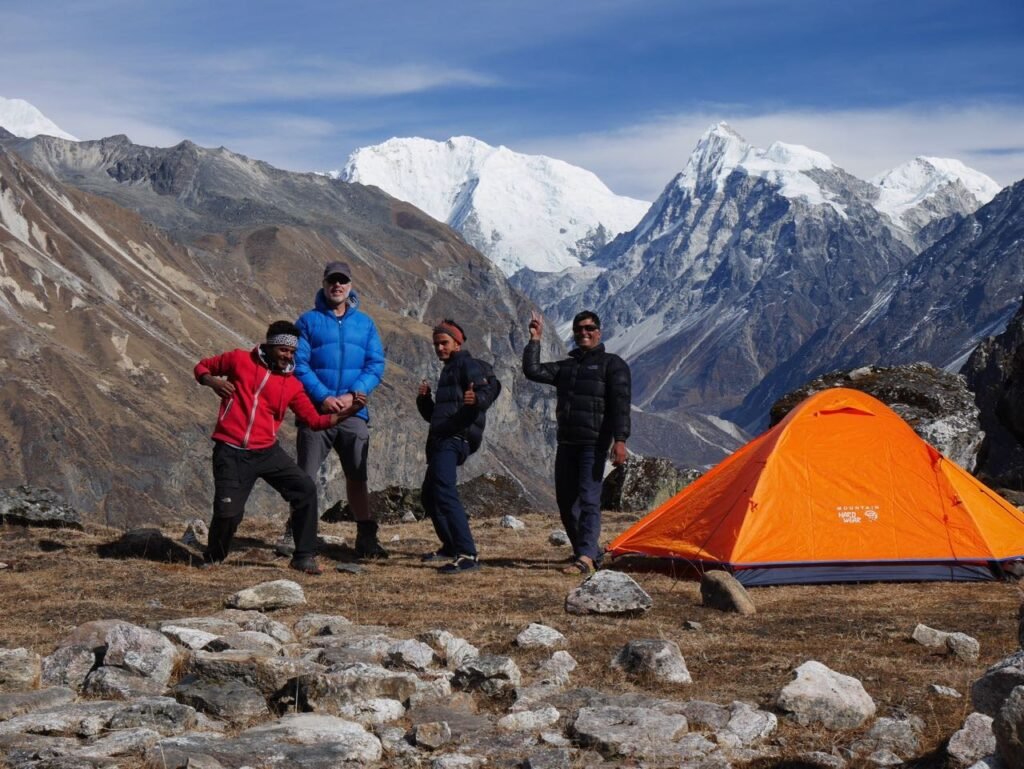
Preparing for the Everest Base Camp Trek requires physical fitness, the right gear, and a knowledgeable trekking team. With Mountain King Treks, you will have expert guides, well-planned itineraries, and a safe trekking experience.
🚀 Ready for the adventure of a lifetime? Book your trek with Mountain King Treks today!
📞 Visit: www.mountaintreksnepal.com
👉 Your Everest journey starts here! 🚀
Recent Posts
Poon Hill Trek – Short and Scenic Sunrise Trek in the Annapurna Region with Mountain King Treks
How to Stay Safe and Healthy While Trekking in Nepal
The Four Narayan Temples in Four Directions Protecting Kathmandu Valley

Thailand
